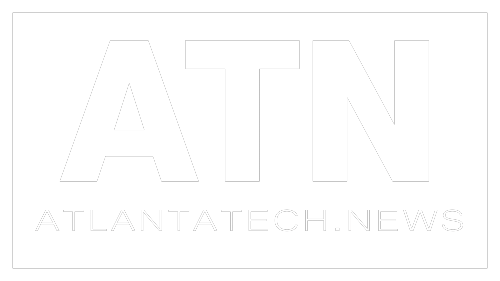Incident IQ, the service management platform built for K-12, announced the release of an enhanced MDM integration with Jamf School, available for K-12 school districts using Incident IQ and Jamf School to manage district assets. The integration has been enhanced with the addition of Device Actions — advanced writeback actions that allow device commands to be executed cross-platform.
This integration allows districts to securely sync detailed asset information between Jamf School and Incident IQ. IT staff can also view detailed asset metadata, generate custom reports using MDM data points, and manage devices across platforms using Device Actions, commands that allow agents to remotely restart, lock, and wipe managed devices within Incident IQ.
“It’s critical for the systems that K-12 districts depend on to be interoperable — to connect to each other for better data visibility and device management,” said Patrick Bennett, Vice President of Customer Success at Incident IQ. “That’s why we have really taken the time to understand how these tools can fit together, and how Incident IQ can be that single pane of glass through which K-12 IT teams can manage student learning devices,” Bennett said.
“There’s no industry experiencing as much rapid change as education,” said Sam Weiss, Solution Partner Manager at Jamf. “Product integrations like asset and service management help education IT administrators work quickly and efficiently. Jamf is grateful to Incident IQ for bringing this solution to market.”
The release of this enhanced integration for Jamf School reflects Incident IQ’s ongoing objective to deliver better asset management tools for K-12 school districts — tools that are equally valuable in distance learning and in-person classrooms. The Jamf School integration is available now at no additional cost for districts using the Incident IQ platform.
About Incident IQ
Incident IQ is a service management platform built exclusively for K-12 schools, featuring asset management, help ticketing, facilities maintenance solutions, and more. The Incident IQ platform was introduced in 2017 and since that time has been rapidly adopted by K-12 school districts across the U.S. Today, millions of students and teachers in districts across more than 40 states rely on the Incident IQ platform to manage and deliver mission-critical services.
Incident IQ is based in Atlanta, GA.
Press Contact:
Matt Owensby
1-877-747-3073 ext. 255





